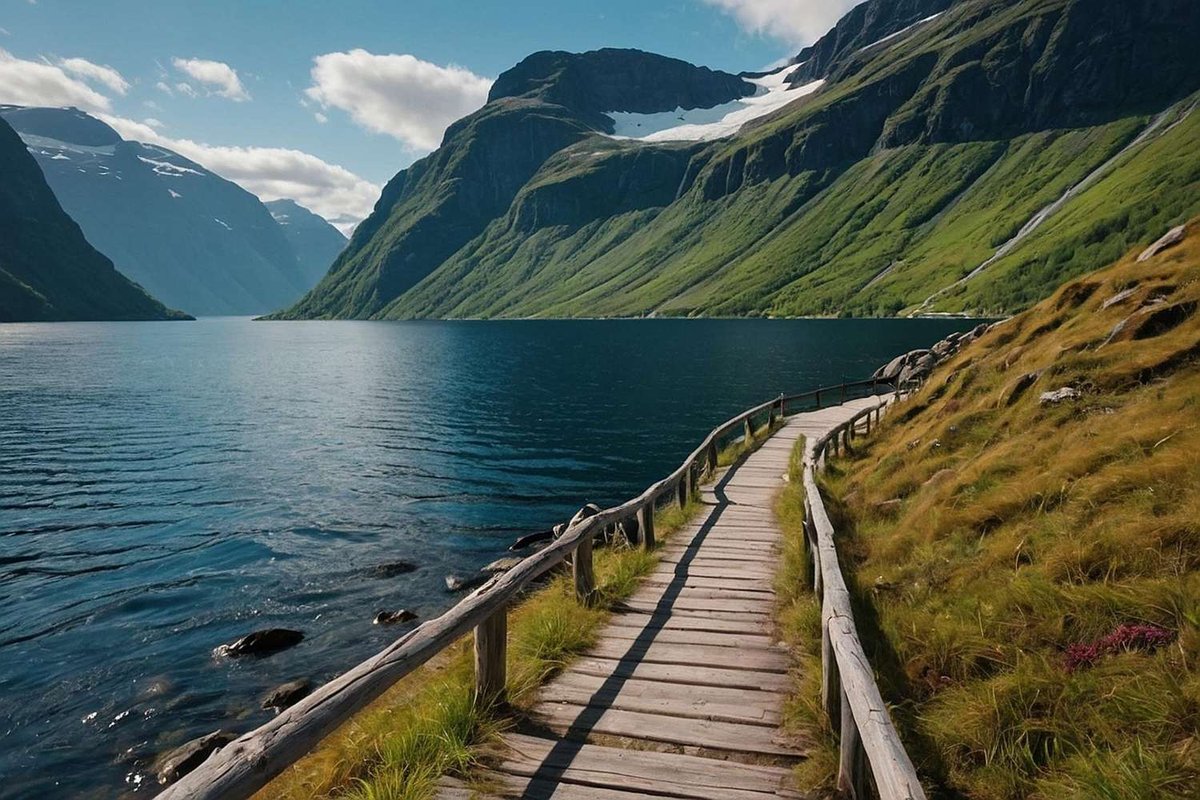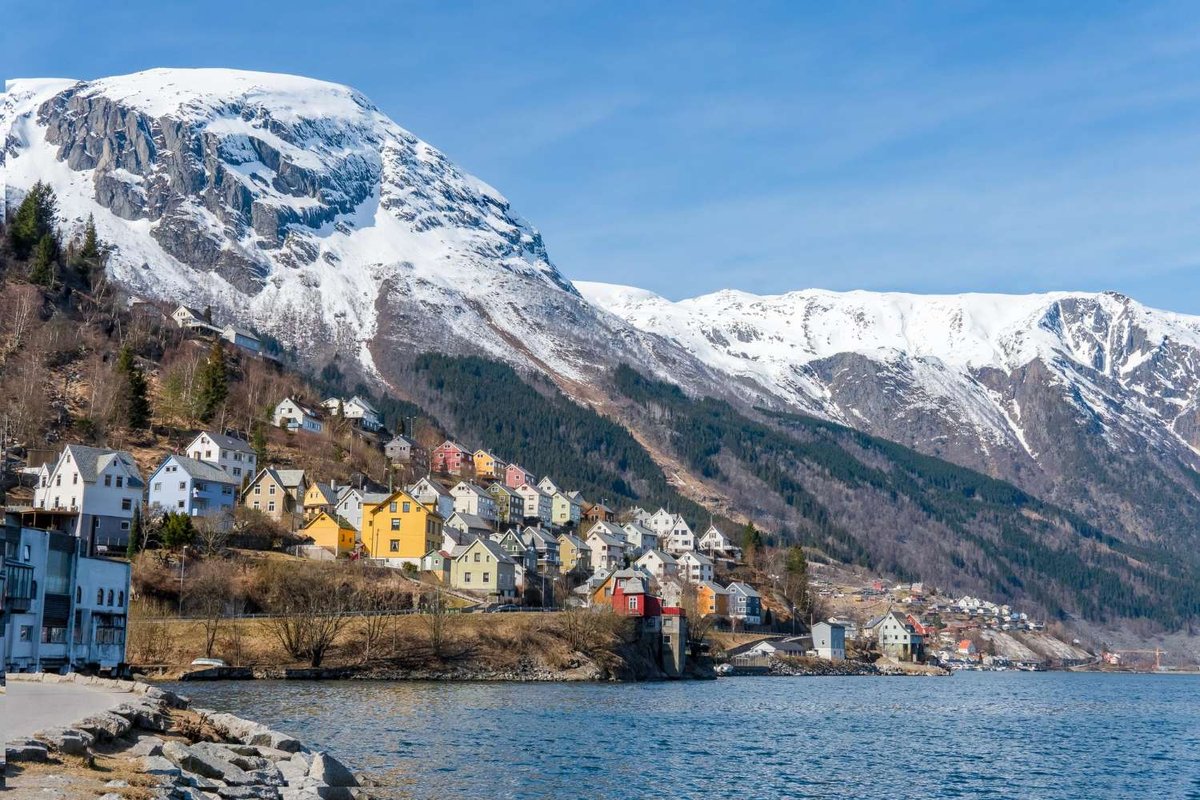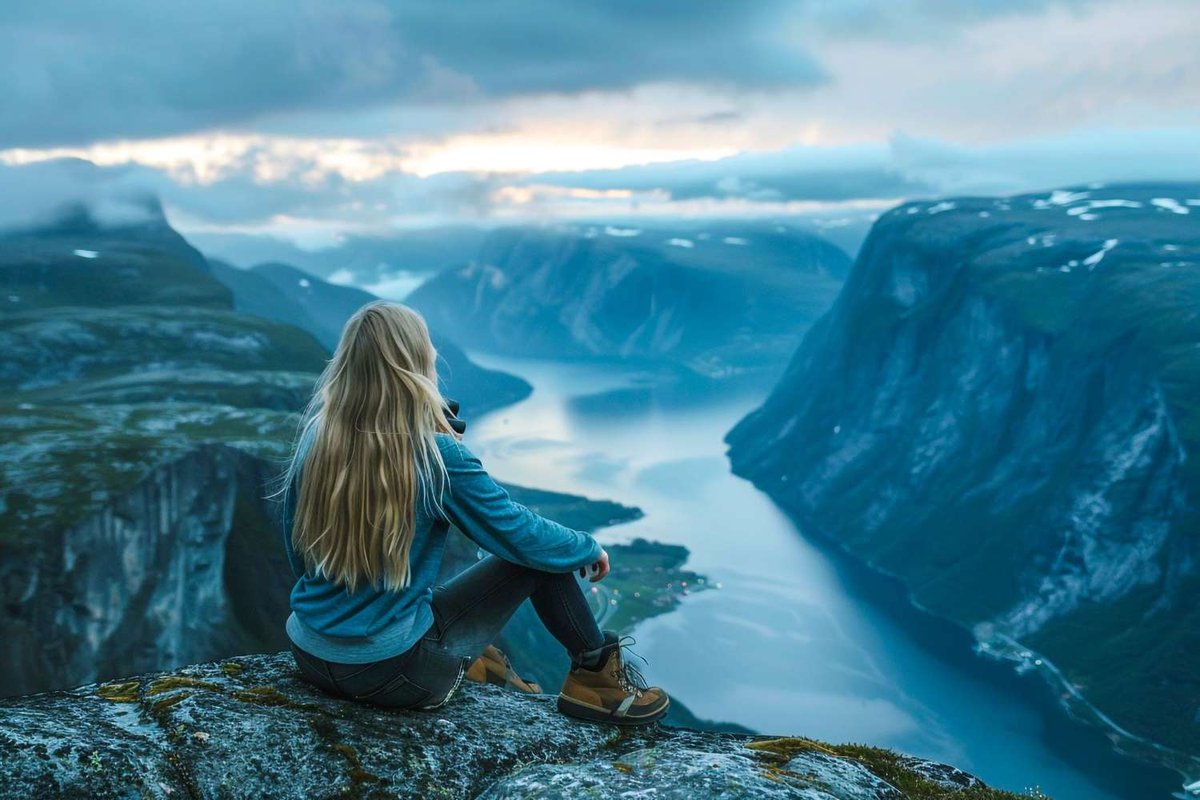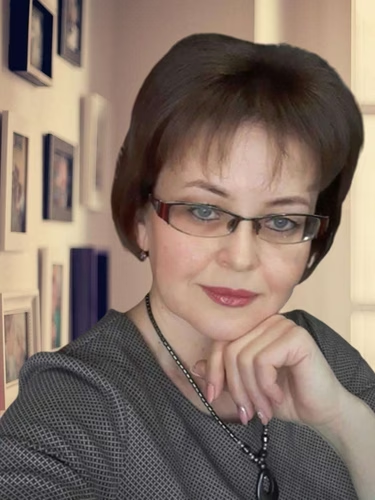🌲Quiet fjords and empty trails: secret places and the low season in Norway
Norway has become an Instagram star: Trolltunga, Preikestolen and Geirangerfjord are filled with hundreds of buses in July. But move around the map and the calendar, and you'll get the same dramatic skies, crystal clear water and authentic fishermen's cabins without the camera queues. This article contains ten detailed FAQ answers (110–130 words each) about secret locations and ‘hidden’ seasons that will save you money and stress. See the categories ‘Weather and seasons’, ‘Budget life hacks’, ‘Nature, National Parks and Active Leisure’, ‘Transport, Roads and Car Rental’ and ‘Culture, History and Traditions’.

10 FAQ
1. Why is the end of September to mid-October called the ‘golden pocket’?
After 15 September, most European holidays end and Norwegians return to work. At this time, accommodation prices fall by 20-30%, ferries still run on their summer schedule, and the forests on the west coast burst into a blaze of copper-coloured maple leaves. There are so few tourists that you can park right at the viewing point on Trollstigen without a reservation. Precipitation is lower than in August because the warm Gulf Stream stabilises the weather fronts (for more details, see ‘Weather and seasons’). You can save money not only on hotels but also on airfare: charter flights are closing for the season, and regular flights are lowering their fares (for comparisons, see ‘Budget Life Hacks’).
2. What little-known fjords can replace Geiranger, but are just as impressive?
Hjørundfjorden in Sunnmøre: the same 1,500-metre sheer walls, but instead of tourist ships, there are local farmers' boats. Lyngenfjorden near Tromsø: whale safaris in winter and glacier tongues in summer, with crowds spreading out to the city bars of Tromsø. Åkrafjorden in Hordaland is famous for the Langfoss waterfall, which is higher and more voluminous than the famous Skutafossen, but parking is free. All three places are accessible by public transport (see ‘Transport, roads, car rental’) and fit into a seven-day itinerary without renting a car. Maps of the trails around the area can be found in ‘Nature, national parks and outdoor activities → Routes through national parks’.
3. Is there a ‘quiet’ alternative to Trolltunga and Preikestolen?
- Romsdalseggen Ridge near Åndalsnes: a panorama of the Romsdalen valley and the Trollstigen zigzag road, with three times fewer people.
- Segla on the island of Senja: a jagged peak above an azure fjord, a 2.5-hour climb instead of 5-6 hours on Trolltunga.
- Kattanakken (Jostedalsbreen National Park): view of the Briksdalsbreen glacier without crowds of buses.
- The trails are marked, there is free parking, and the summer shuttle runs less frequently, which means fewer tourists. For information on physical preparation and safety, see ‘Nature, National Parks and Active Recreation → Hiking’; for transfer costs, see ‘Budget Life Hacks’.
4. Why is March considered the best ‘low’ month for the Northern Lights?
After the New Year's boom, hotels in Tromsø are only 60% full, and the KP index of solar activity is statistically higher than in December.
The weather is drier: the Arctic anticyclone provides 8–10 clear nights per month. The roads have already been cleared, but car rental prices are halved. At the same time, mountain resorts are still open, so you can combine the aurora with skiing. See Northern Lights and Astronomy for cloud cover and KP index forecasts; see Transport, Roads, Car Rental for information on how to rent a car with studded tyres at a reasonable price.
5. Which ‘outsider’ cities offer the same culture without the tourist hype?
Trondheim: Nidaros Cathedral, the oldest bridge Gamle Bybro and river warehouses — the atmosphere of Bergen without cruise ships. Kirkenes on the border with Russia: the Gulag Museum and crab safari, plus the opportunity to spend the night in a snow hotel. Kristiansand in the south: the wooden quarter of Posebyen and beaches two kilometres from the centre. Widerøe's domestic flight schedule and economy tickets can be found in ‘Transport, roads’; a calendar of city festivals without crowds can be found in ‘Events and festivals’.

6. How does the weather in the ‘pocket’ months affect equipment and logistics?
September requires a raincoat and a light fleece: the average temperature is +12°C during the day, but the wind in the fjords is 8–10 m/s.
March — minus 5°C during the day, short snowstorms: snow chains and studded tyres are essential. October and April are the most slippery months: the first/last ice may appear on the roads. Average temperature and precipitation charts for the region are available in ‘Weather and Seasons’. For instructions on how to transfer a booked ticket due to a storm, see ‘Budget Life Hacks’.
7. What to do in the low season besides the classic trails?
- Autumn cranberry picking in the Telemark marshes.
- Fishing week in Vesterålen: cod storms bring in the biggest catches.
- Cider farm route in Hardanger in May – blossoming orchards and cider tasting.
- Bird migration on the island of Runde — April and August.
- We describe each activity in ‘Nature, national parks and active recreation → Flora and fauna’ and ‘Culture, history and traditions’; tour prices are listed in ‘Prices and costs’.
8. What budget tips work best in the off-season?
Hotels lower their prices, but hostels close; book business hotels with a ‘weekend rate’ of 40%. Museums introduce free Wednesdays (Trondheim, Narvik).
Hurtigruten is selling ‘half-empty’ Bergen-Alesund routes at 30% off. Car-sharing service Nabobil is offering discounts on tyre transport in October. We update the full list of off-season promotions every quarter in ‘Budget Life Hacks’.
9. How can you tell if a trail or fjord is really empty and not just ‘low-profile’?
Check out the DNT visitor indices: the website shows the number of check-ins for each cabin. Analyse Instagram hashtags: if there are fewer than 20 posts in the last week, the place is quiet.
Ferry companies publish their load statistics in Fylkeskommune reports. We post the latest figures in the ‘Nature, national parks and active recreation’ section, and a summary map of “quiet” locations in ‘Useful tips for tourists’.
10. What cultural events take place during the ‘quiet’ months?
- October: Bergen International Film Festival — all screenings with English subtitles, tickets are freely available.
- March: Sami Week in Tromsø — reindeer races and a traditional market without crowds of summer cruise passengers.
- April: Skiting Festival (‘Randonneé’) in Sognefjell — a mixture of skiing and jazz.
- The schedule, prices and booking information are available in ‘Events and festivals’; for historical context, see ‘Culture, history and traditions’.

An empty bench at the viewing platform, where people queue for hours in summer, and the silence of the fjord, broken only by the splash of a red salmon's crest, are the bonuses for those who dare to visit in the low season. Secret locations allow you to see the same wild beauty without crowds and overpaying, while the ‘pocket’ months offer mild weather and generous discounts. Use our visitor maps, weather forecasts and price summaries as a guide, pack a raincoat or down jacket depending on the season, and your Norway will open up in private view mode, where the only spectators are you and the northern sky.





1 comment
Log in to leave a comment